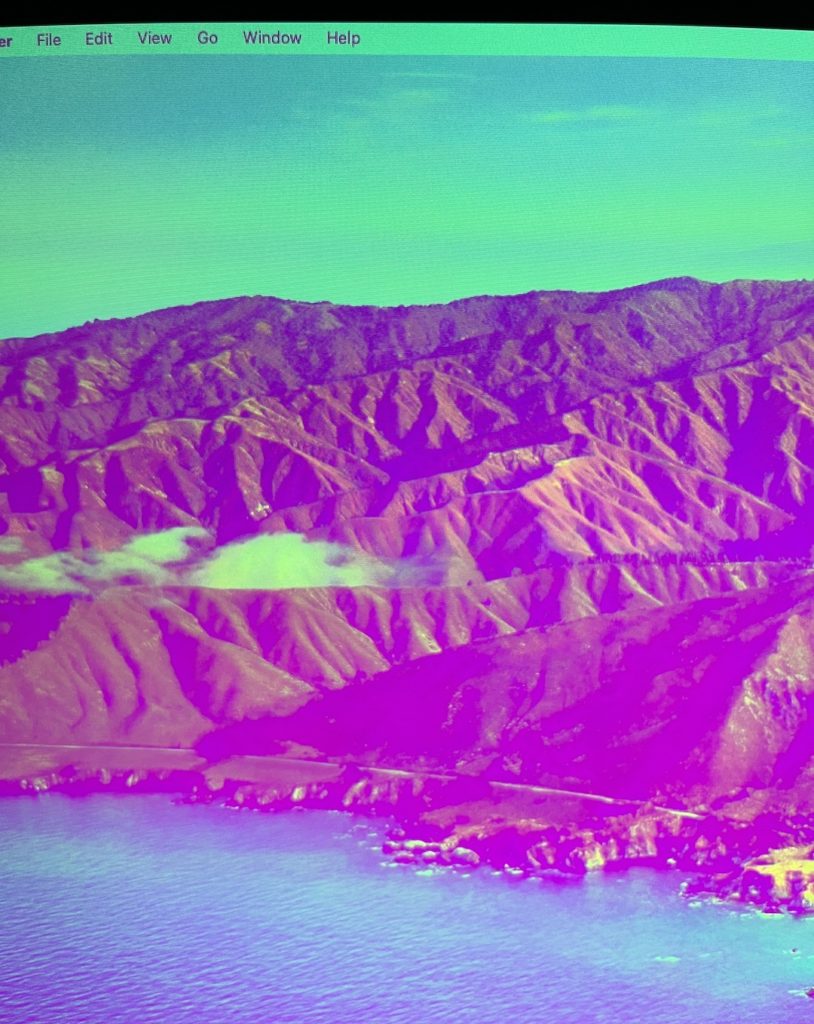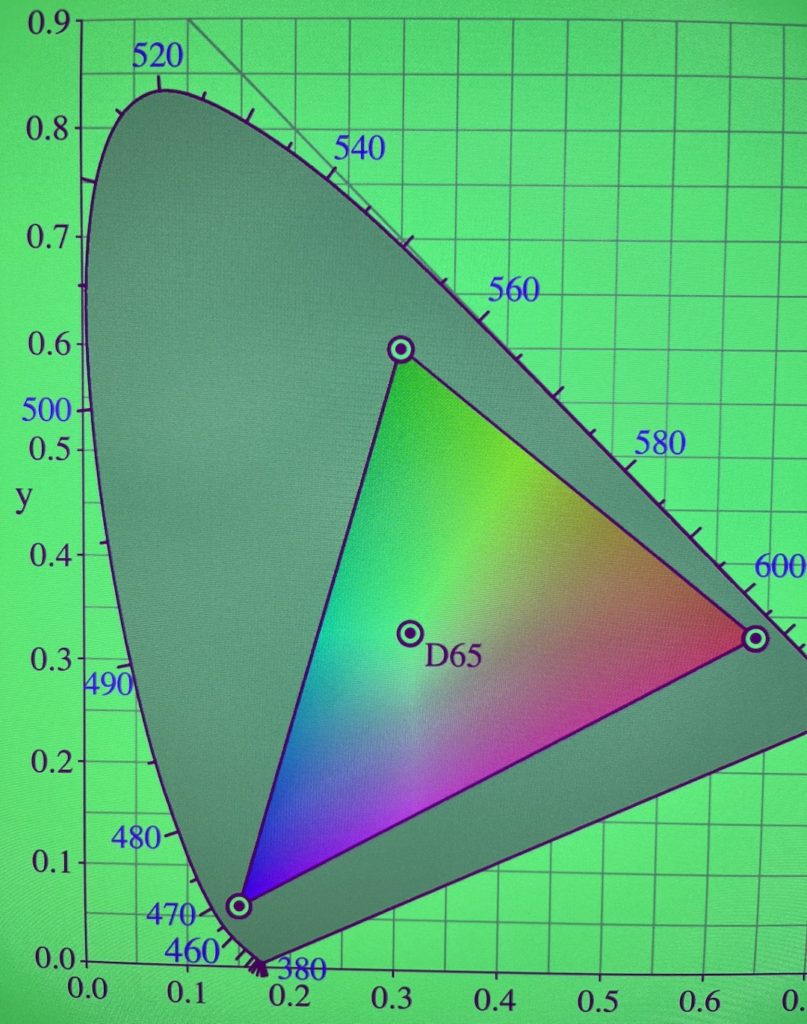Instant messaging apps with end-to-end encryption love to brag about how they protect their users’ privacy, even in the face of mandatory decryption laws. Signal’s homepage claims:
we can’t read your messages or listen to your calls, and no one else can either.
But if you’re one of the many users installing Signal in a typical fashion (via the App Store on an iPhone), it can certainly be modified to send your messages to someone else, and you will be none the wiser. This kind of modification is referred to as a “backdoor”.
This post focuses on backdoors that software developers can be compelled to create under the Australian Assistance and Access Act. The Act allows various state agencies in Australia to compel industry to help safeguard national security, the interests of Australia, and enforce Australian and foreign criminal law. An obvious and intended application is to gain access to communications of people under state surveillance. This legislation was passed back in 2018, so it’s not new, but the implications it has for privacy are still relevant today.
Signal devs on backdoors
I’m going to pick on Signal a lot in this post, because I’m familiar with it. A lot of the problems I describe would apply equally to Telegram, WhatsApp, and other messaging apps with end-to-end encryption. While I’ll describe ways the developers could do better, know that the real problem here is legislation like the Assistance and Access Act.
Back in 2018, Joshua Lund (jlund@) of Signal brags in a blog post reacting to the Act, “we can’t include a backdoor in Signal”. He goes on to say:
Reproducible builds and other readily accessible binary comparisons make it possible to ensure the code we distribute is what is actually running on user’s devices. People often use Signal to share secrets with their friends, but we can’t hide secrets in our software.
However, if you actually dig into the details of Signal’s issue for reproducible iOS builds and the thread the discussion was moved to, it’s apparent that verifying a Signal binary installed via the App Store is actually quite complex. Apple modifies the binaries it serves via the App Store, so verification involves backing up the iPhone with iTunes to get the .ipa file, unpacking it, decrypting the binary using a jailbroken device, and comparing that to a known-good binary. Theoretically the Signal devs (or someone else with a jailbroken phone) could publish a list of known-good hashes of the Apple-modified .ipa files, but they don’t. They don’t even make the binaries they upload to the App Store easily available: try finding them from the Signal download page or the GitHub releases page.
Most users are taking the claims on Signal’s home page that “we can’t read your messages or listen to your calls, and no one else can either” at face value, without building from source or going through extra steps to verify binaries. These claims are wrong: there is a real risk of backdoored binaries when trusting the App Store.
Continue reading “Of course state actors can add a backdoor to Signal”

